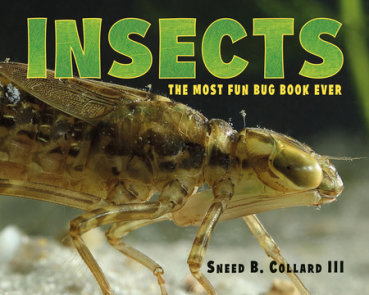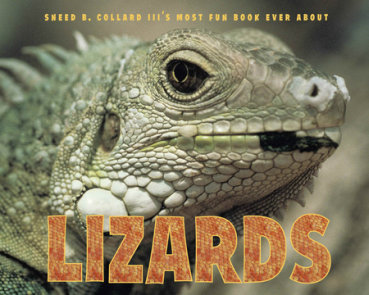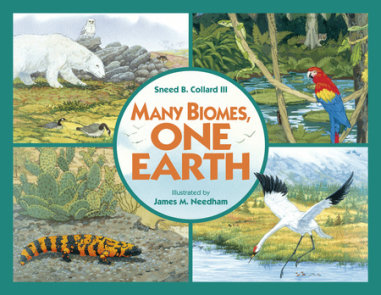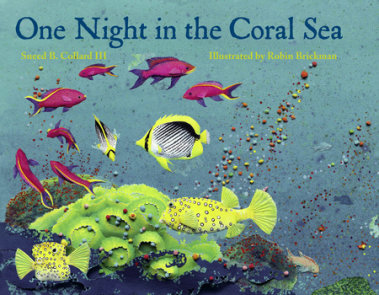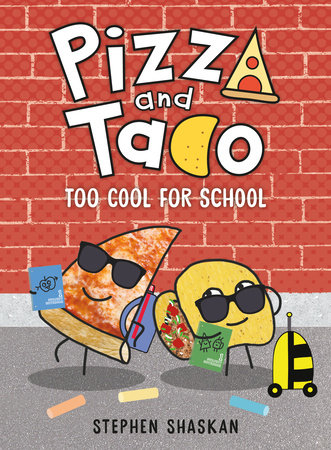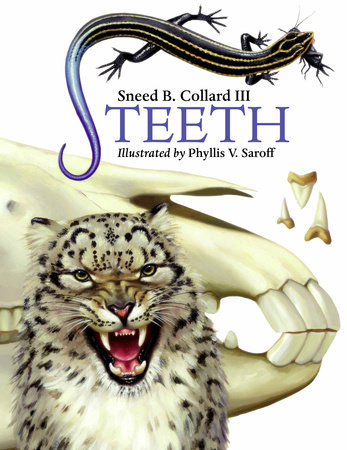

Teeth
By Sneed B. Collard III
Illustrated by Phyllis V. Saroff
By Sneed B. Collard III
Illustrated by Phyllis V. Saroff
Category: Children's Nonfiction

-
$7.95
Feb 01, 2008 | ISBN 9781580891219 | 5-8 years
Buy the Paperback:
YOU MAY ALSO LIKE

The Fairy Dogmother
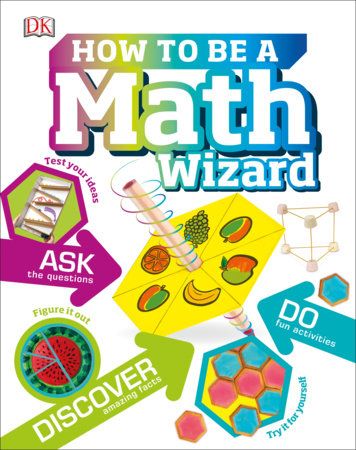
How to Be a Math Wizard
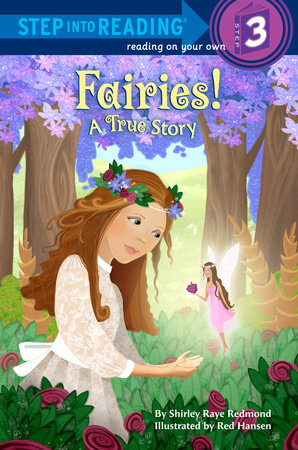
Fairies! A True Story
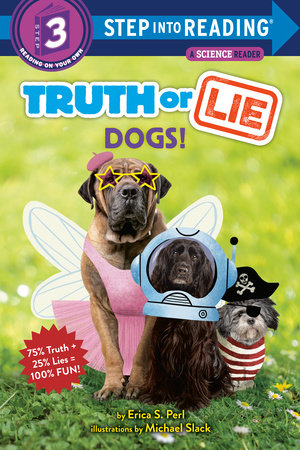
Truth or Lie: Dogs!

First Facts: Bugs
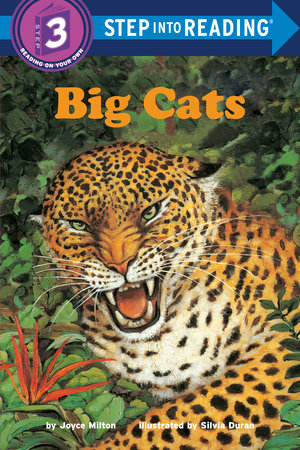
Big Cats

Change: A Journal
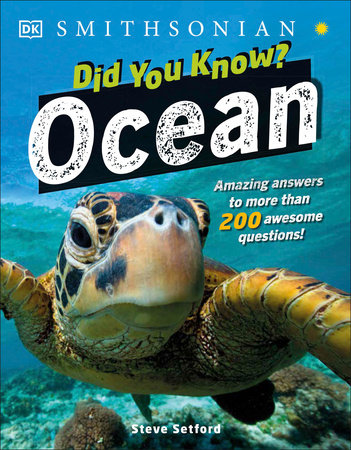
Did You Know? Ocean
Praise
In this natural companion to Beaks! (2002), illustrated by Robin Brickman, Collard introduces types of teeth as well as the many uses to which they are put by wild animals, from stabbing or crushing food to displaying emotion. He also discusses numbers of teeth and how they grow, the differences between teeth and horns or antlers and the various places besides jaws that they grow in some fish. Supplemented by the occasional skull or inside close-up, Saroff’s big, naturalistic head shots depict a wide variety of wildlife, artfully angled, often looking directly at viewers and, for the meat-eaters, with toothy mouths crowd-pleasingly agape. Dramatically illustrated and with information that is deftly pitched to the intended audience’s level, this makes a fine choice amid the multitude of like-themed titles for either pleasure or purpose reading.
—Kirkus Reviews
As he did in Beaks!, Sneed again presents brief surveys of animal anatomy. The colorful layouts feature a topical paragraph and a bold portrait per page, and each book showcases a variety of species. The first title deals with the types and numbers of teeth that fish, reptiles, and mammals have and how they are used. Saroff’s paintings, though true to life, have a shiny quality that gives them an almost surreal appearance. Sneed’s comments are a bit jocular in this volume: “The lizard’s all-the-same teeth are…sharp and pointy enough to hold onto a moth or beetle until the lizard has a chance to swallow it.” The second book looks at wing design and the shapes of birds, insects, and mammals, as well as at prehistoric flyers and birds that no longer fly. Human fascination with flying rounds out the discussion. Brickman’s paper collages of winged animals are as impressive in texture and color as they were in Beaks. Varying in vocabulary and liveliness, from quite simple to challenging, the short chunks of information will be more manageable for a somewhat older audience than is suggested by the slim, almost picture-book format. Nevertheless, these books offer interesting facts and comparisons and should attract animal lovers.
—School Library Journal
Packed with exciting information, this large-size picture book combines chatty prose (“look around”) and clear, full-color illustrations to tell amazing facts about animal parts and how they work. Although the exclamation points and bold type used in the text are unnecessary, the information Collard provides is astonishing. Saroff’s uncluttered watercolor graphics range from a huge close-up of a hippo’s mouth to a picture of the hollow fangs of a venomous snake. A bibliography of books and Web sites and a generous glossary round out a presentation that will be great for talking about at home as well as in the classroom.
—Booklist
21 Books You’ve Been Meaning to Read
Just for joining you’ll get personalized recommendations on your dashboard daily and features only for members.
Find Out More Join Now Sign In









